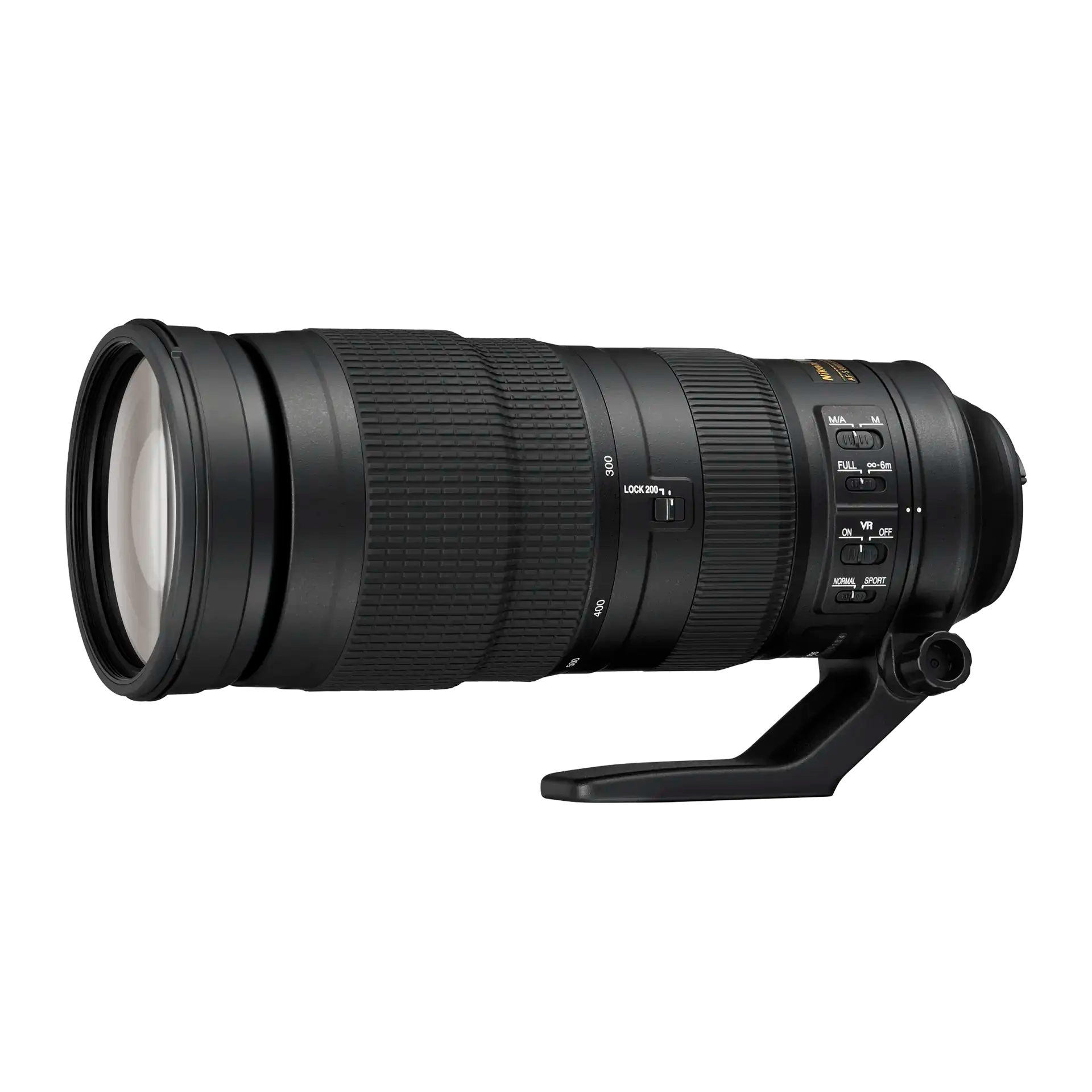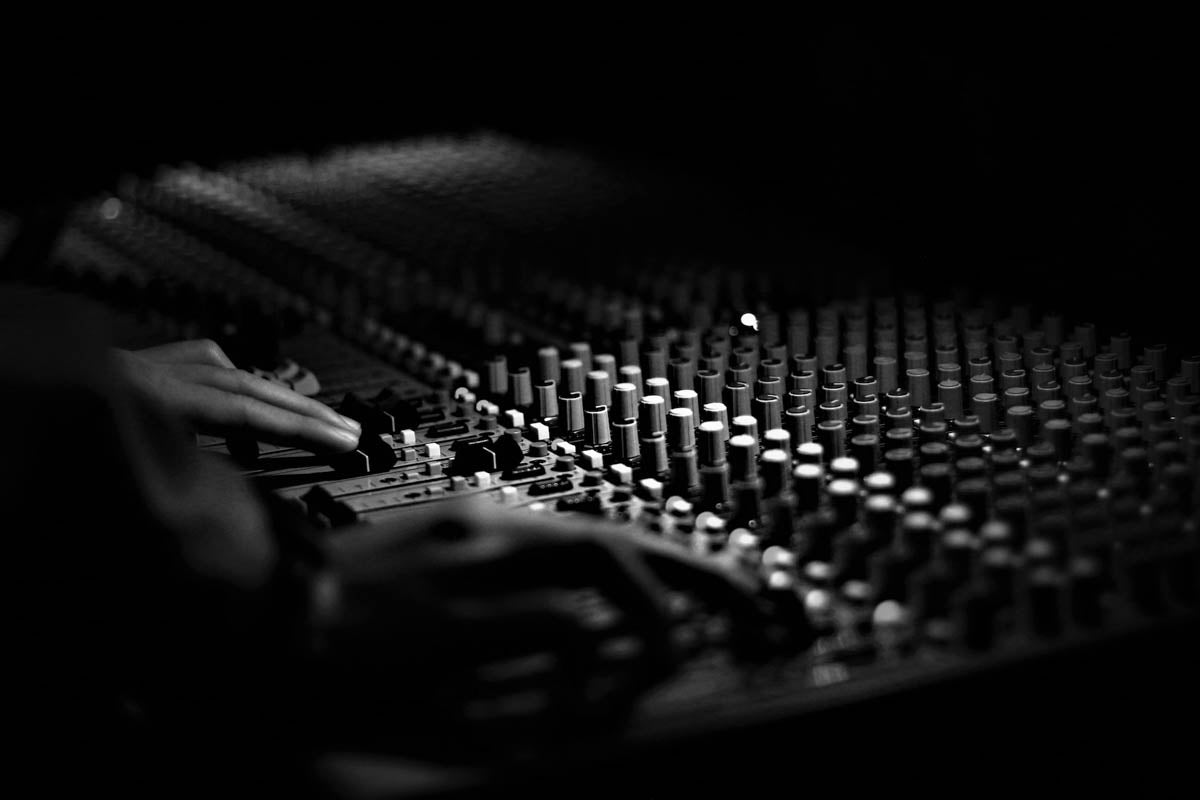Product Description
Nikon AF-S NIKKOR 200-500mm f/5.6E ED VR Lens
Versatile Super-Telephoto for Wildlife, Sports, and Nature Photography
The Nikon AF-S NIKKOR 200-500mm f/5.6E ED VR lens delivers incredible reach and exceptional performance for photographers seeking clarity and flexibility. Designed for FX-format cameras and compatible with DX-format sensors, this lens offers a powerful focal-length range that’s perfect for capturing distant subjects with precision.

Key Features
Focal Length and Aperture
- 200–500mm Range: Ideal for wildlife, sports, and nature photography (DX equivalent: 300–750mm).
- Constant f/5.6 Aperture: Ensures consistent performance across the entire zoom range, providing smooth depth-of-field control.

Optical Excellence
- Three Extra-Low Dispersion (ED) Elements: Minimises chromatic aberration and enhances image clarity and colour fidelity.
- Super Integrated Coating: Reduces flare and ghosting for improved contrast, even in challenging lighting conditions.

Advanced Vibration Reduction (VR)
- Provides up to 4.5 stops of image stabilisation to reduce blur caused by camera shake.
- Sport VR Mode: Delivers a stable viewfinder image for fast-paced subjects and panning.

Silent Wave Motor (SWM)
- Ensures fast, quiet, and accurate autofocus with seamless manual focus override.
- Internal focusing design maintains lens length during operation.
Durable and Convenient Design
- Electromagnetic Diaphragm Mechanism: Offers precise and stable exposure control, especially during continuous shooting.
- Rotatable Tripod Collar: Allows for balanced support and flexible shooting orientations on tripods or monopods.
- Zoom-Lock Switch: Secures the lens during transport.
- Minimum Focus Distance: 2.2 m, enabling close-up shots with stunning detail.
- Rounded 9-Blade Diaphragm: Produces smooth, natural bokeh.
Technical Specifications
- Focal Length: 200–500mm
- Maximum Aperture: f/5.6
- Minimum Aperture: f/32
- Lens Construction: 19 elements in 12 groups, including 3 ED elements
- Filter Size: 95 mm
- Angle of View: 12°20′–5°00′ (FX), 8°00′–3°10′ (DX)
- Minimum Focus Distance: 2.2 m
- Dimensions: 107.3 x 266.8 mm
- Weight: Approx. 2,500 g
Supplied Accessories
- LC-95: 95 mm Snap-on Front Lens Cap
- HB-71: Bayonet Hood
- LF-4: Rear Lens Cap
- CL-1434: Semi-soft Case

The Nikon AF-S NIKKOR 200-500mm f/5.6E ED VR is a powerful and portable super-telephoto lens that excels in capturing stunning stills and videos. Its blend of advanced optics, robust build, and user-friendly features makes it an excellent choice for professionals and enthusiasts alike.

Payment & Security
Your payment information is processed securely. We do not store credit card details nor have access to your credit card information.






















